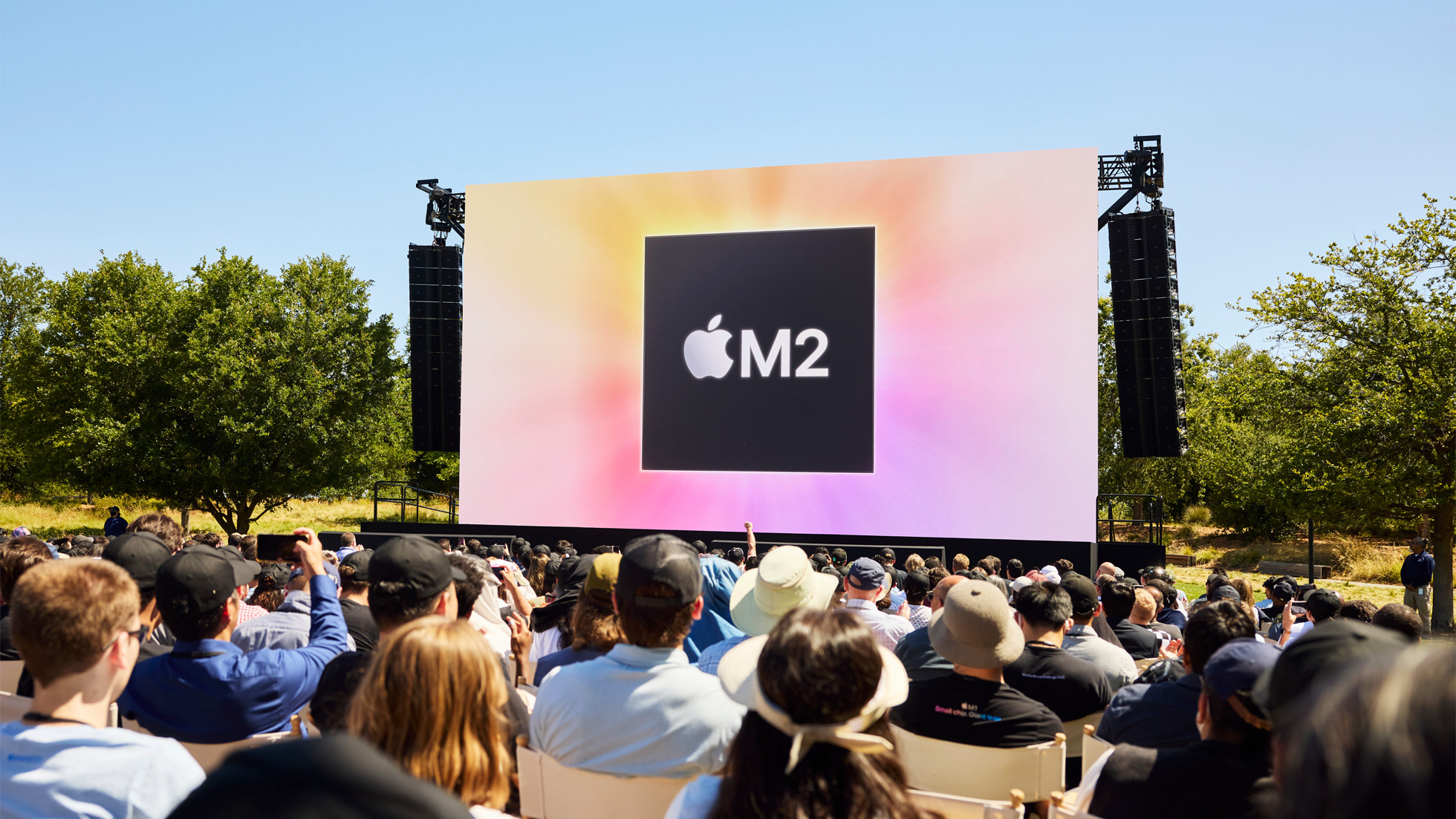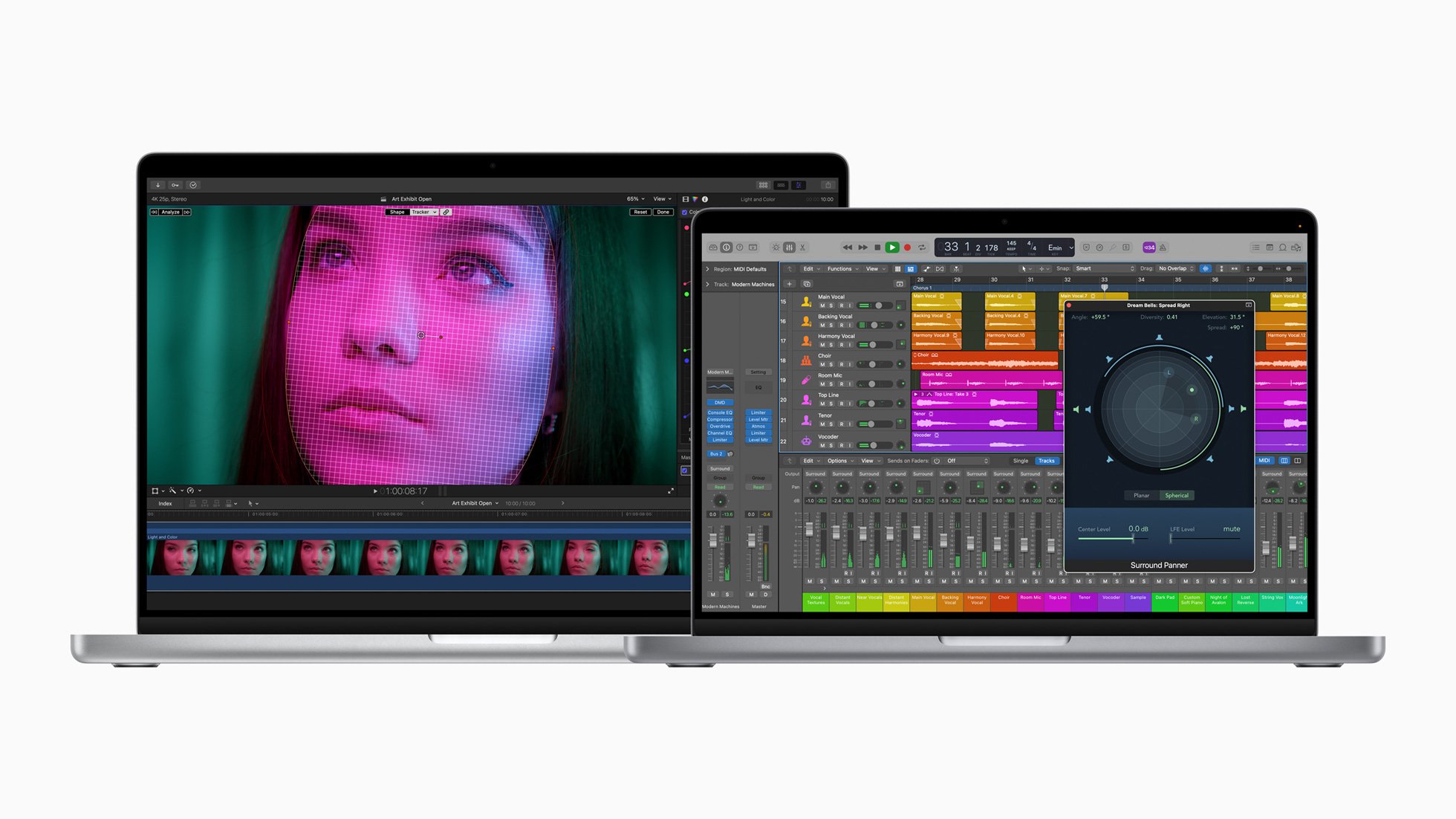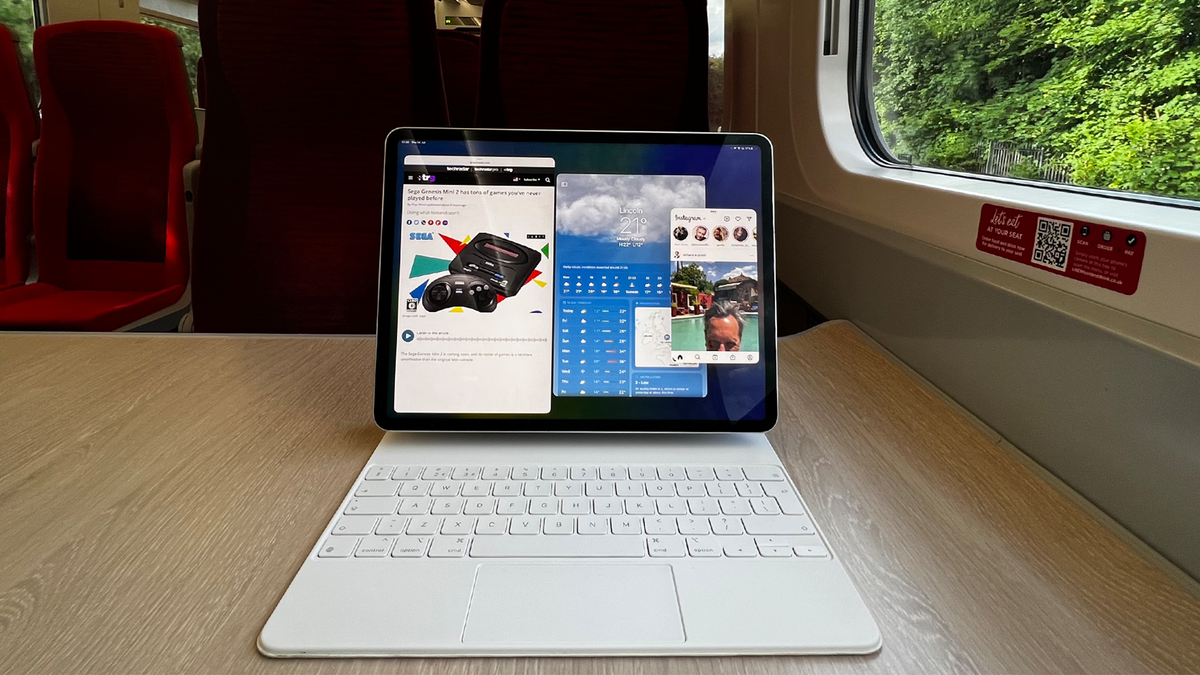I’ve been writing about mobile Macs for decades now, and there’s a Mac that regularly appears in wish lists, patent filings, and the odd rumor: a touchscreen, cellular MacBook Pro. And the frustrating thing about it is that Apple already makes it.
The iPad Pro is the MacBook Pro you’ve always wanted. Unfortunately, it’s running the wrong OS.
Don’t get me wrong. I love iPads and I mostly love iPadOS too. But I’d love the iPad Pro so much more if it were running macOS, not a mobile OS. Then I could run really serious apps such as the full-fat versions of all the key creative apps for photography, illustration, 3D art, and more.
The iPad Pro is more than capable of doing that, as we can see from the surprise launch of Logic Pro X and Final Cut Pro X for iPadOS, but it seems Apple would rather keep it as a big iPad rather than a more magical MacBook.

We already have enough horses
The current iPad Pro is a serious piece of hardware, with an M2 chip comprising an 8-core CPU and a 10-core GPU. That’s the same chip that’s in the 13-inch MacBook Pro, and the same chip that many Mac laptop users have powering their Logic Pro X, Final Cut Pro, Photoshop, and other heavyweight apps.
There’s no doubt that the current Pro has the horsepower, and the next generation will have even more horses for heavy-duty work.
What the Pro doesn’t have is a fully-fledged, desktop-class, multitasking OS. Stage Manager is a step in that direction, but it’s clunky; rumors say there’s a big iPad-specific update coming in iPadOS 17 with better external display support, but it’s still Stage Manager.
I can see where Apple’s going with it, but I’m not sure it’s going to get there any time soon. And I’m not sure it’s the perfect solution for the pro users the iPad Pros are aimed at.
Put your Pro hat on
Let’s say you’re one of those pros. What do you want from your device? Me, I want Logic Pro X on a touchscreen tablet instead of having to add all kinds of keyboards and controllers to my M2 Mac. Sure, I can run Logic Remote on a plain old iPad and use it to remotely control the mixing desk.
But that’s two bits of Apple hardware to do one app’s job. I imagine Photoshop pros, and Premiere users, and others, would like something simple but powerful too.
And it’s not just the apps. It’s the file management – Apple’s Files app is fine for basic sharing but it’s not really cut out for the huge amounts of data that Pro apps generate and manage – and it’s the multitasking between your core app and your helper apps and social media time wasters too.
The hardware is capable of all of this, and more: there’s the Apple Pencil support, which is particularly great in the latest iPad Pros, and of course, there’s also the cellular options: now the iPad Pro supports 5G mobile connections, mobile data is actually usable even for pretty big projects.
The differences between the Mac and the iPad made sense when the Mac ran on Intel and the iPad was the easy computer for everybody. But the move to Apple Silicon – and Apple’s very aggressive development of that silicon; it’s come an incredibly long way in a very short period of time – and the increasingly blurred lines between macOS and iOS/iPadOS have taken away some of the rationales for those differences.
I think the problem is that the iPad Pro is suffering from an identity crisis: it’s more Mac than iPad, but Apple’s trying to persuade it otherwise. But the iPad Pro isn’t made for or bought for your cherubic kids or game-playing grandmother; it’s a powerhouse for creative professionals. iPadOS was never made for that, and trying to make it a pro-level platform without sacrificing its beginner-friendly simplicity runs the risk of creating something that falls between both goals.

So will Apple make the iPad Pro run macOS?
I think it already has: somewhere in Apple Park I’m sure there are multiple unreleased iPads running multiple unreleased operating systems. Apple likes to cover all the bases. But for now, I think a macOS iPad Pro is unlikely: I think a touchscreen MacBook is probably closer to Apple’s heart.
I don’t think the reason is technical, though, or practical, or even ideological. I think it’s financial. Every one of the paid apps you run on your iPad Pro gives Apple a cut of its purchase price or in-app subscriptions, and it’s a very large cut.
That’s not necessarily the case on the Mac, where you can also install apps directly from the developers. But right now, the App Store is the only way to get apps on your tablet. The EU is compelling Apple to enable sideloading of non-App-Store apps for European consumers, but it’s a safe bet that Apple will do that in the most limited way it can get away with and won’t extend it to other consumers.
For as long as Apple makes nearly a third of every app sold on an iPad, Apple is going to want to keep the iPad separate from the Mac. The iPad Pro is going to get more Mac-like in the years to come. But I don’t think it’s going to become a Mac for a long time yet.
